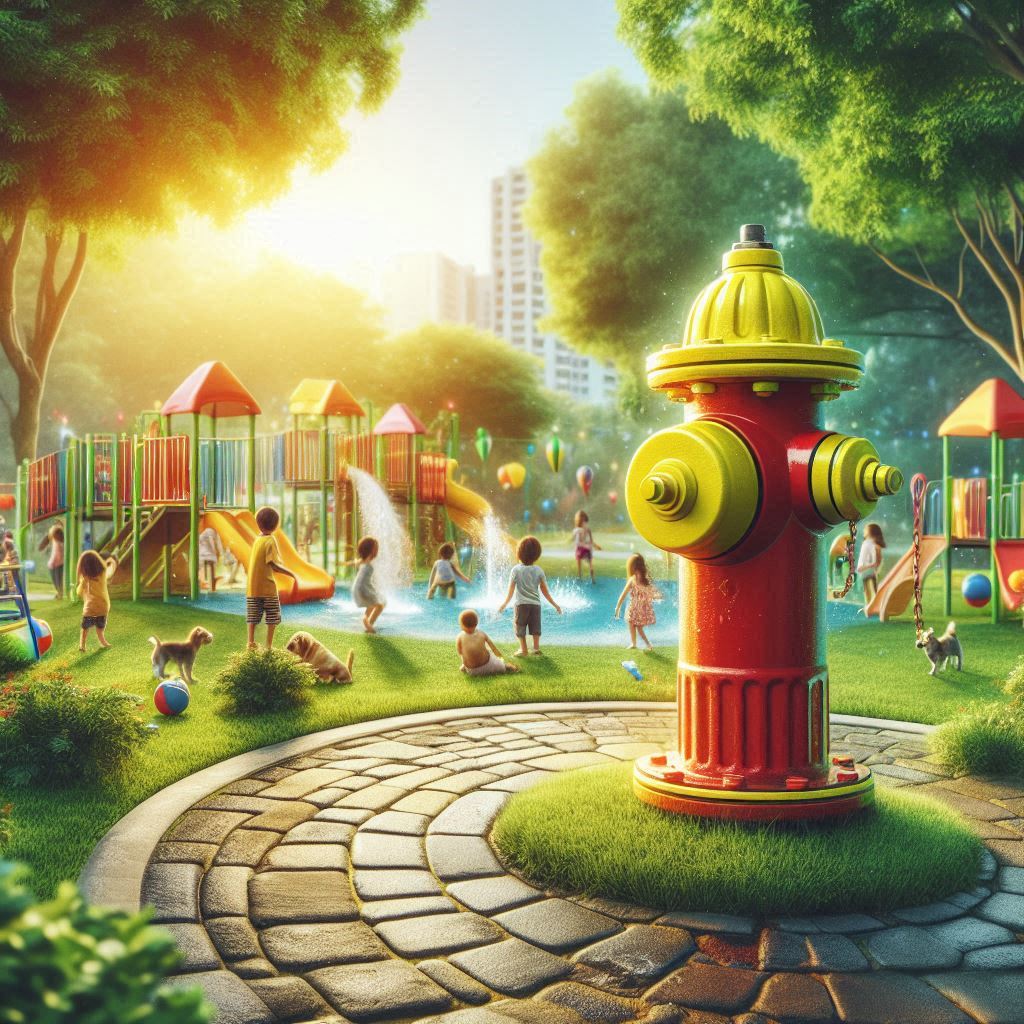
Have you ever wondered if hydrant water is safe to drink? As someone who’s passionate about water safety, I’ve delved into this topic to uncover the truth. Let’s explore the risks and benefits of hydrant water consumption.
When it comes to hydrant water, safety is a top concern. I’ll share expert insights and tips on how to evaluate the quality of hydrant water. Stay tuned as we navigate through the facts and myths surrounding this controversial topic.
Join me on this journey as we unravel the mystery behind hydrant water. Together, we’ll discover whether it’s a safe option for quenching your thirst or if caution should prevail. Let’s dive into the depths of hydrant water safety.
Key Takeaways
- Hydrant water safety: Hydrant water is primarily used for firefighting and is not intended for drinking without proper filtration or treatment.
- Risks: Drinking untreated hydrant water may expose individuals to contaminants like bacteria, heavy metals, and chemicals, leading to potential health risks.
- Benefits: While hydrant water can be accessible and convenient in emergencies, it may still contain harmful substances, emphasizing the importance of testing and caution.
- Quality evaluation: Factors like water source, color, odor, regular testing, and adherence to local regulations are crucial in determining the safety of hydrant water.
- Myths vs. Facts: Debunking common misconceptions like all hydrant water being unsafe, boiling ensuring safety, and immediate health effects clarifies the reality of hydrant water consumption.
Understanding Hydrant Water
When considering hydrant water and its safety for consumption, it’s essential to delve into its source and quality. Municipalities usually maintain hydrants for firefighting purposes, meaning the water is untreated and not intended for drinking.
Despite this, some individuals may still choose to use hydrant water for various purposes, including filling pools, landscaping, and yes, even consumption. It’s crucial to understand the potential risks associated with hydrant water and how it may impact your health if consumed.
Testing hydrant water regularly is crucial to assess contaminants levels and ensure its safety for consumption. Municipalities often perform routine testing, but it’s wise for individuals relying on hydrant water to conduct independent evaluations periodically.
While hydrant water can be a convenient resource for certain activities, it’s vital to prioritize your health and well-being. Understanding the nature of hydrant water, its purpose, and any potential risks involved can guide you in making informed decisions about its usage.

Risks of Drinking Hydrant Water
When it comes to drinking hydrant water, there are potential risks that individuals should be aware of. Municipalities primarily maintain hydrants for firefighting, resulting in water that is untreated and not intended for consumption. This means that hydrant water may contain contaminants that could pose health risks if ingested.
Regular testing of hydrant water is crucial to assess contaminant levels and ensure that it meets safe drinking water standards. Contaminants commonly found in hydrant water may include bacteria, heavy metals, and chemicals, depending on various factors such as the water source, maintenance of the hydrant system, and surrounding environment.
Consuming hydrant water without proper filtration or treatment can lead to adverse health effects, including gastrointestinal issues, skin irritation, and long-term health implications. It’s important to recognize the potential risks associated with drinking hydrant water and take necessary precautions to safeguard your health and well-being.
Benefits of Drinking Hydrant Water
Drinking hydrant water can have some benefits, especially in emergency situations or when other sources of water aren’t available. Here are some advantages:
- Accessible: Hydrant water is readily accessible in urban areas and can be a quick source of water during emergencies.
- Fire Protection: Hydrant water is crucial for firefighters to combat fires, helping protect lives and property.
- Convenience: In some scenarios, hydrant water can be a convenient option for temporary hydration needs.
It’s important to keep in mind that while hydrant water may have some benefits, it’s typically not treated for consumption and may contain contaminants that could pose health risks. Regular testing and proper precautions are essential to ensure the safety of hydrant water if used for drinking purposes.
Evaluating the Quality of Hydrant Water
When considering drinking hydrant water, it’s crucial to assess its quality to determine if it’s safe for consumption. Here are some factors to consider:
- Source: Check the location of the hydrant and the surrounding environment to gauge potential contaminant risks.
- Color and Odor: Visual inspection can provide initial clues about potential impurities. Pay attention to the water’s color and odor.
- Testing: Regular testing of hydrant water is essential to identify bacteria, chemicals, or other harmful substances.
- Regulations: Familiarize yourself with local regulations regarding hydrant water usage and quality standards.
Remember, safeguarding your health should be the top priority when considering drinking hydrant water. Stay informed and make informed decisions based on quality evaluations.
Myths vs. Facts: Debunking Common Misconceptions
When it comes to hydrant water, there are several myths that can lead to unnecessary concerns. Let’s clarify some of these misconceptions:
- Myth: Hydrant water is always contaminated and unsafe to drink.
- Fact: Not all hydrant water is unsafe. It depends on factors like the water source and proper testing.
- Myth: Boiling hydrant water always makes it safe.
- Fact: While boiling can kill bacteria and parasites, it doesn’t remove all contaminants like heavy metals or chemicals.
- Myth: All hydrant water with a strange odor or color is harmful.
- Fact: Unusual smells or colors don’t always indicate contamination, but regular testing is essential to confirm safety.
- Myth: Drinking hydrant water will lead to immediate health issues.
- Fact: Immediate health effects from hydrant water are rare, but long-term exposure to contaminants can pose risks.
By understanding the facts and dispelling these myths, we can make informed decisions about the safety of hydrant water and ensure our well-being.
Conclusion
After debunking common myths about hydrant water, it’s clear that not all hydrant water is unsafe. Boiling water may not remove all contaminants, and unusual colors or odors don’t always mean it’s harmful. While immediate health effects are rare, long-term exposure can pose risks. By being aware of these facts, I can now make informed decisions about hydrant water safety and prioritize my well-being. Stay informed and stay safe when it comes to hydrant water consumption.
Frequently Asked Questions
Is hydrant water safe to drink?
Hydrant water safety varies; not all hydrant water is harmful but caution is advised.
Will boiling hydrant water make it safe for consumption?
Boiling hydrant water helps kill bacteria and pathogens, but may not remove all contaminants present.
Should I be concerned if hydrant water has an unusual color or odor?
Unusual color or odor in hydrant water does not always indicate immediate harm, but caution is recommended.
Are there immediate health risks from drinking hydrant water?
Immediate health effects from hydrant water are rare, but long-term exposure may pose health risks.
How can I ensure hydrant water is safe for consumption?
Prioritize safety by testing hydrant water quality regularly and following recommended guidelines for consumption.
